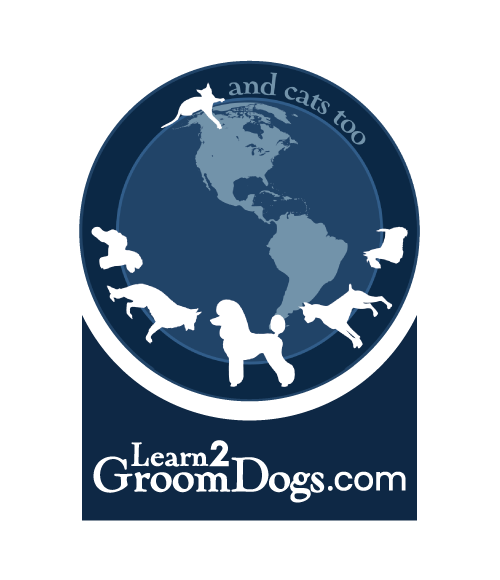 Anybody that knows me knows that I’m a huge advocate of continuing education for professional pet groomers and stylists. I firmly believe there are no limitations on how far advanced training can take your career.
Anybody that knows me knows that I’m a huge advocate of continuing education for professional pet groomers and stylists. I firmly believe there are no limitations on how far advanced training can take your career.
Just like anything else, if you want to excel at it, you need to work at it. Remain focused. Have a goal. Have a plan mapped out to reach the target. Get that plan on paper. Then, just do it.
In our profession there is very little regulation or mandatory testing. I wish it wasn’t true, but it is. Anybody can pick up a pair of clippers or scissors and start whacking hair off of a dog and call themselves a professional pet groomer the second they take money for it. They don’t even need to have any type of formal training. Heck, they don’t even have to like dogs that much!
And we wonder why this profession is not taken seriously?
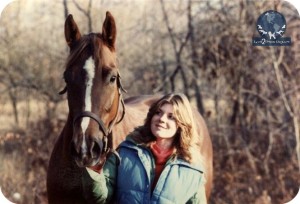 When I first started working with pets, I’m sure my parents thought it would just be “a phase.” They were positive I would go on to college and get a “real job” once I graduated. Ha! Little did they know I had my sights totally focused on a pet-centered career.
When I first started working with pets, I’m sure my parents thought it would just be “a phase.” They were positive I would go on to college and get a “real job” once I graduated. Ha! Little did they know I had my sights totally focused on a pet-centered career.
My career started just about the same time one of the first voluntary certification organizations was launched in the late 70’s or early 80’s. I had no formal training. The groomer at the kennel that I was working at in my late teens was fired. The next day I became the groomer – with six dogs on my roster – and no clue how to groom them. It was truly on-the-job training!
Well, I got through that first day. I got through the next weeks and months. I actually enjoyed it.
Did my early attempts at grooming look good? Not a chance. I had a few photos of my early work. You don’t take pictures of dogs that you are not proud of. As I look at those photos today I’m horrified!! High water Poodle feet. #15 blades on the backs of English Cockers. Schnauzers with hourglass head styles. Razor sharp lines on Sporting breeds and Terriers. Hula skirts. Oh my…
I was fortunate. The woman that owned the kennel was pretty progressive for the time period. She got the trade magazines of the era and never threw them out. They were neatly organized on the shelves in the storage room. Whenever had an opportunity, I would sneak off and thumb through those magazines behind closed doors. I felt like I was thumbing through Playgirl! What an education.
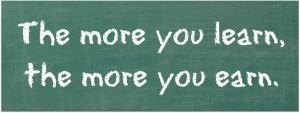 It did not take me long to realize that there were tradeshows with grooming competitions that I could attend. The closest one was in Chicago – right in my backyard!
It did not take me long to realize that there were tradeshows with grooming competitions that I could attend. The closest one was in Chicago – right in my backyard!
I also learned that there was a new organization being formed – one of the first certification testing programs. I had no idea what it entailed but I knew I wanted to do it. After all, I was doing a fabulous job on all the dogs that were coming in! My customers kept coming back. Clients loved my work. I was fabulous. I knew passing a grooming test was going to be a breeze.
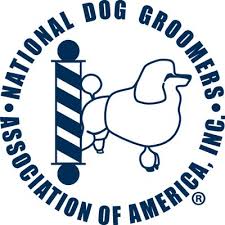
National Dog Groomers Association of America, Inc. (NDGAA)
Then reality set in. I got all the information available about voluntary certification testing. This was not a single test. Oh no. This involved multiple tests that were both written and practical – on multiple types of dogs – using many different techniques. The study material? It wasn’t even a grooming guide…
It was the daunting (and huge) AKC Complete Dog Book!
This was going to be a challenge. Luckily, I like challenges. I dug in and set to work studying. I also realized I was going to need some hands-on help. I signed up for a hands-on certification testing workshop.
The first workshop was an eye-opener. I wasn’t going to be able to just waltz in, do the testing, and succeed. Far from it.

International Professional Groomers, Inc. (IPG)
At that workshop, I had my grooming skills critiqued for the first time. I was able to compare my work, up close, to other professional groomers. I had to swallow my pride. I was way off base. My work was horrible and I knew it. But instead of getting angry or frustrated or tucking tail and running the other way, I was inspired. I wanted to become a Certified Master Groomer more than ever. But to earn it, I was going to have to work hard for it – very, very hard.
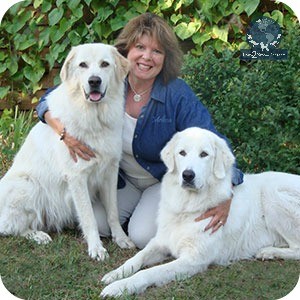 If I remember correctly, it took me two to three years before I earned my Certified Master Groomer status. By that time I had started my own company, Four Paws Mobile Grooming. I was in my early 20’s and hiring my first employees. My reasons for certification testing changed. As an employer, I needed to have industry knowledge and respect of my staff. Certification testing was one way to do it.
If I remember correctly, it took me two to three years before I earned my Certified Master Groomer status. By that time I had started my own company, Four Paws Mobile Grooming. I was in my early 20’s and hiring my first employees. My reasons for certification testing changed. As an employer, I needed to have industry knowledge and respect of my staff. Certification testing was one way to do it.

International Society of Canine Cosmetologists (ISCC)
At the time, I was clueless at how much certification testing would help me. In my gut, I just knew it would be beneficial. Today, I realize certification testing was the launching pad of my career. It opened up countless doors of opportunity. It gave me the confidence to take charge of my own destiny. It allowed me to travel the globe both as a competitor and an educator. I’ve had the chance to work with amazingly talented people. I have never felt like I was stuck in a rut with my career choice.
It also taught me that I will never totally master my trade. There will always be new things to learn – new challenges to conquer. The doors of opportunity will continue to open as I learn new skills. The saying, “The more you learn the more you earn,” is so true.

PetTech (CPR and First Aid for Pets)
Today there are many voluntary certification organizations that put your skills to the test. I would encourage anyone to seek them out and go through the training.
There are many more voluntary testing organizations available. Whether you are seeking to learn more about pet handling, first aid, obedience – and so much more – there is something out there for everyone. Be sure to check with trusted sources to be sure that the organization you’ve found is reputable and qualified.
Why would you want to do this? The reasons are almost countless but there is not a single reason not to go through the educational and testing process!
Here is a short list of the benefits:
- Become more knowledgeable
- Improve your skills
- Advance your career
- Increase confidence and self esteem
- Verification of your skills
- Increase your earning potential
- Gain respect from your peers
- Increase your professional credibility
Even if you are in a small town and deal primarily with shave-downs, seeking out certification testing will only enhance your career. Who knows, if you get a little advanced training, the next shave-down could turn into a stylized haircut!
Remember, there are no limitations on how far you can advance your career by continuing your training. You just have to put your mind to it and do it!
We’d love to hear why YOU got certified. Please jump on the Learn2GroomDogs.com Facebook page and tell us why you feel certification testing is important. Don’t forget to tell everyone which organization(s) you are certified with!
Happy trimming!
~Melissa
P.S.
 Did you know that Learn2GroomDogs.com Training Partner, Michell Evans is one of the very few stylists to be certified with all three voluntary certification organizations?
Did you know that Learn2GroomDogs.com Training Partner, Michell Evans is one of the very few stylists to be certified with all three voluntary certification organizations?
Click here to find out why she thinks certification is so important.
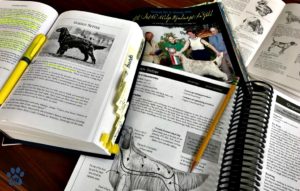 Professional certification can be found in almost every industry in the United States. Professions such as auto repair, nursing, and technology – to name a few – all have voluntary or mandatory certification organizations.
Professional certification can be found in almost every industry in the United States. Professions such as auto repair, nursing, and technology – to name a few – all have voluntary or mandatory certification organizations.


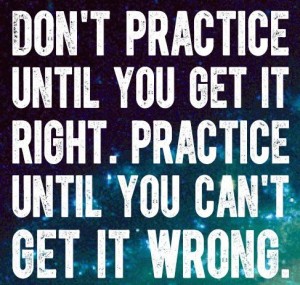
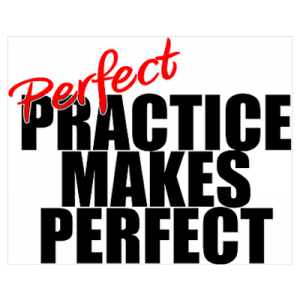
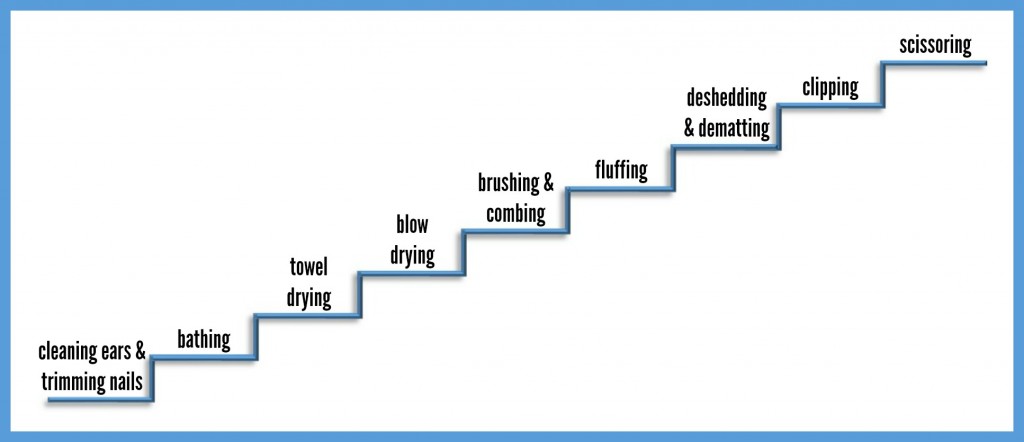



 One day all that changed.
One day all that changed. To complicate things even further, I started attending clinics. Advanced clinics. The demonstrators were talking about structure…movement… angles. I was totally lost. All this information was over my head. But I never gave up. As baffled as I was, I was still fascinated. I wanted to figure it out.
To complicate things even further, I started attending clinics. Advanced clinics. The demonstrators were talking about structure…movement… angles. I was totally lost. All this information was over my head. But I never gave up. As baffled as I was, I was still fascinated. I wanted to figure it out.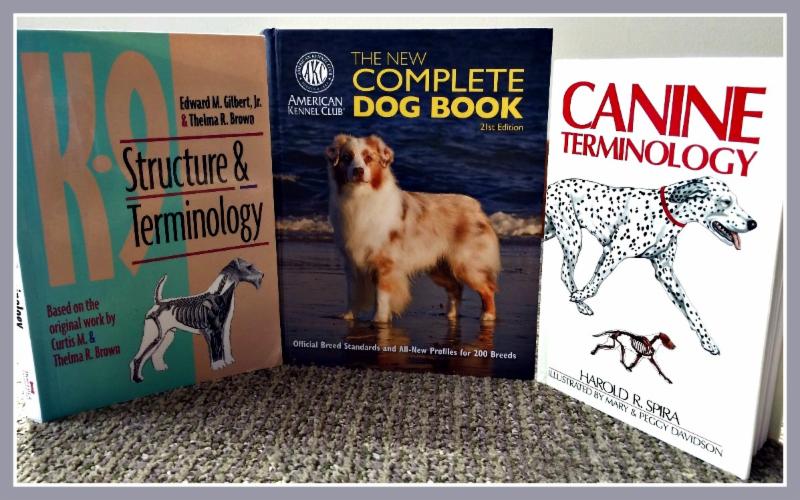
 When I first opened
When I first opened  The idea of licensing within the pet grooming industry is not a new one. I still remember the efforts of Gregory Krisp and Kathy Rose 20 years ago. They were backed by the late Sally Liddick and Barkleigh Productions. They formed the Groomer Licensing Founders Committee in 1996. They were on the forefront of the licensing issue in our industry. Unfortunately, they were way ahead of their time. Their efforts fell upon deaf ears.
The idea of licensing within the pet grooming industry is not a new one. I still remember the efforts of Gregory Krisp and Kathy Rose 20 years ago. They were backed by the late Sally Liddick and Barkleigh Productions. They formed the Groomer Licensing Founders Committee in 1996. They were on the forefront of the licensing issue in our industry. Unfortunately, they were way ahead of their time. Their efforts fell upon deaf ears.







